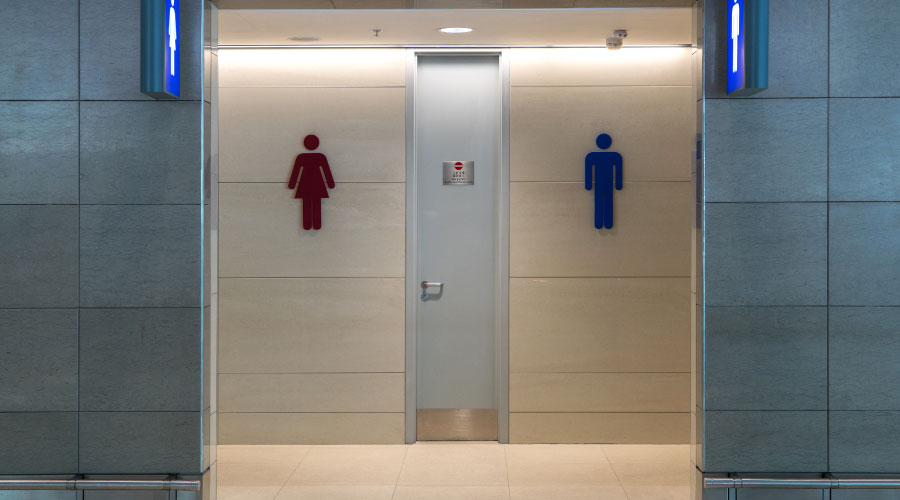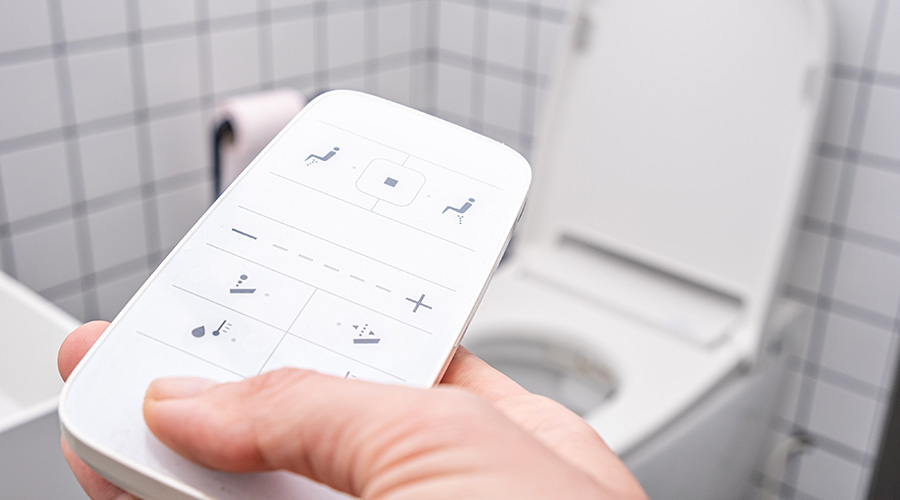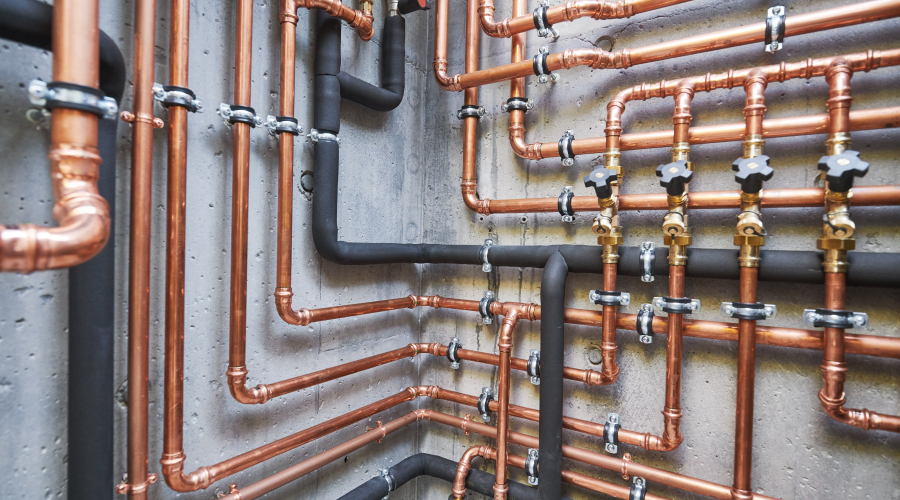High-Speed Jetter Headlines University's Drain-Cleaning Arsenal
On the small end of the department's equipment arsenal for drain-cleaning and inspection are several cable units for clearing 1- to 2-inch lines, several slightly larger units for lines 3 inches in diameter and larger, and one unit for 3- to 6-inch lines.
Cable units use a spring-type cable coiled in a cage-style reel and are available with different horsepower drives for different diameter cables. The cable usually uses a single- or double-bladed cutter, a saw-tooth cutter, a grease spring, or some other cleaning head. Cable cleaners capture and retrieve deposits by using an auger, and operators can combine several cables to reach greater distances.
Newer drum-style machines can clean roots and hardened grease blockages in sewers and drains of up to 6 inches in diameter and 200 feet long. The newer generation of machines are lighter weight and more maneuverable than previous versions. Among the standard features are automatic feed, a foot switch, cord wraps, a ground fault circuit interrupter line cord, cutters, gloves, a toolbox, and a set of machine legs for operating the equipment in a reclined position.
UNLV's plumbing staff also uses two units that feature inspection cameras — one for checking lines 1-2 inches in diameter and the other for lines 3 inches in diameter and larger.
"If we have a drain that we know is having problems, these units allow us to do some predictive maintenance," Welbourne says. Inspection cameras include a cable reel, the pushrod, and the camera chip in a pick-up head with a light source to illuminate the line. These components connect to a monitor by video cable.
The newest addition to the department's drain-cleaning arsenal is a trailer-mounted, high-speed sewer jetter.
"That's the one place we were lacking for a long time," Welbourne says, adding that previously, "anything over 180 feet, we just couldn't get to it." As a result, every three months or so, the department was forced to call in an outside contractor with larger equipment to unclog plugged lines.
The new jetter's cable can reach up to 400 feet into lines. Jetters are designed to clear ice, grease and gritty solids from pipes. Special nozzles use high-pressure water jets to break away or melt clogs on a pipe wall. The narrow, central nozzle orifice increases the velocity of the water. Back pressure causes the water to discharge through rear-facing openings, creating jets around the exterior of the nozzle and forcing it further into the pipe.
Related Topics:














